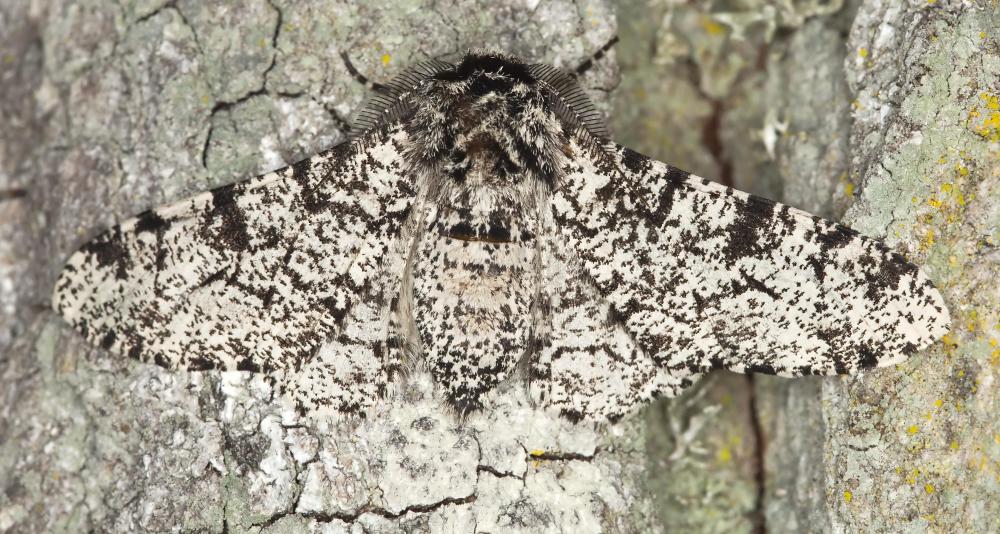At WiseGEEK, we're committed to delivering accurate, trustworthy information. Our expert-authored content is rigorously fact-checked and sourced from credible authorities. Discover how we uphold the highest standards in providing you with reliable knowledge.
What is Artemisia?
Artemisia is a plant genus that contains several hundred different plants. The genus is part of the plant family Asteraceae, more commonly known as daisies. Plants in the Artemisia genus are characterized by thin stalks with closely-held small leaves, tiny flowers or no flowers and thick internal oils. These plants have many common names, such as wormwood, mugwort, sagebrush or sagewort. They have a long and varied history as well as several medicinal and decorative uses.
Artemisia typically has a very bitter taste and can be poisonous, so it is rarely eaten without processing, but it can be ingested. There are several drinks, for example, made from various types of Artemisia, most notably absinthe, vermouth and wormwood tea. Plants in this genus have a strong odor that varies by plant, from very sweet, like sugar, to very sour, like lemons. For other, non-ingested uses, the sour varieties can work well as a common moth and insect repellent, and the sweet versions are common greenery in floral bouquets.

Nearly all types of Artemisia have a thick oil that can be easily extruded. These oils have a wide range of uses in historical medicine and current homeopathy and aromatherapy. The oils can be ingested to help with stomach problems or rubbed into the skin as a topical analgesic. Since many plant types in this genus are poisonous, it is not recommended to ingest the plant or oils without supervision or instructions from a doctor.

Artemisia has an interesting place in history and literature as well. The genus itself is named after one of the first botanists known from history; the historical Queen Artemisia was the wife of the Persian King Mausolus—and ruled the kingdom for several years after his death. She was also a well-known plant lover and horticulturist. The plant genus also is mentioned in the Bible, several Shakespeare plays and even the Harry Potter book series. It also is associated with several religions. The Greek goddess Artemis had a strong relationship with the plant, as did early Christians and modern Wiccans. Queen Artemisia was named after the goddess Artemis, which was why her name was chosen for the plant's genus.
AS FEATURED ON:
AS FEATURED ON:














Discuss this Article
Post your comments